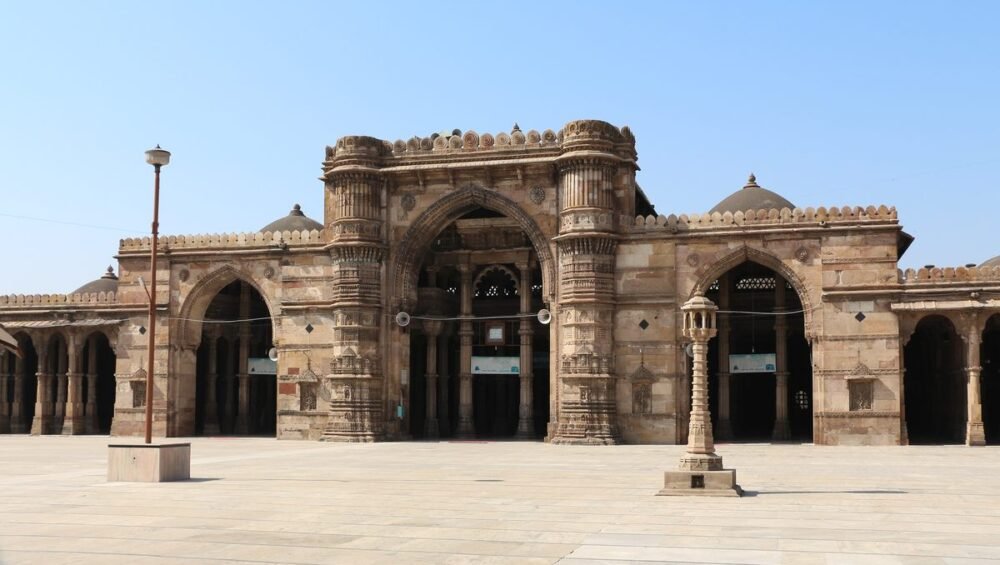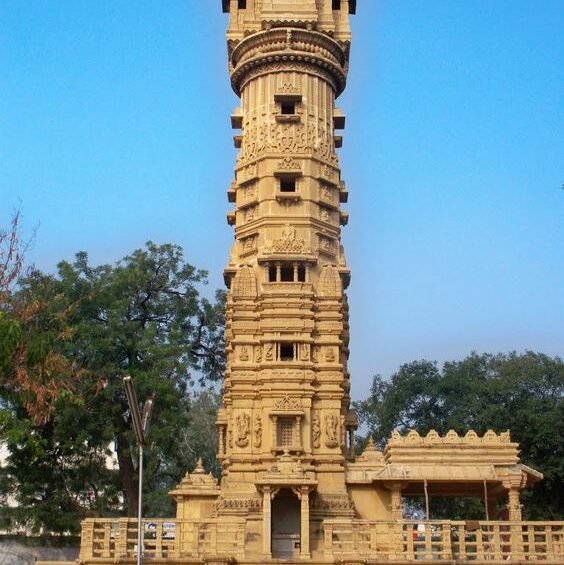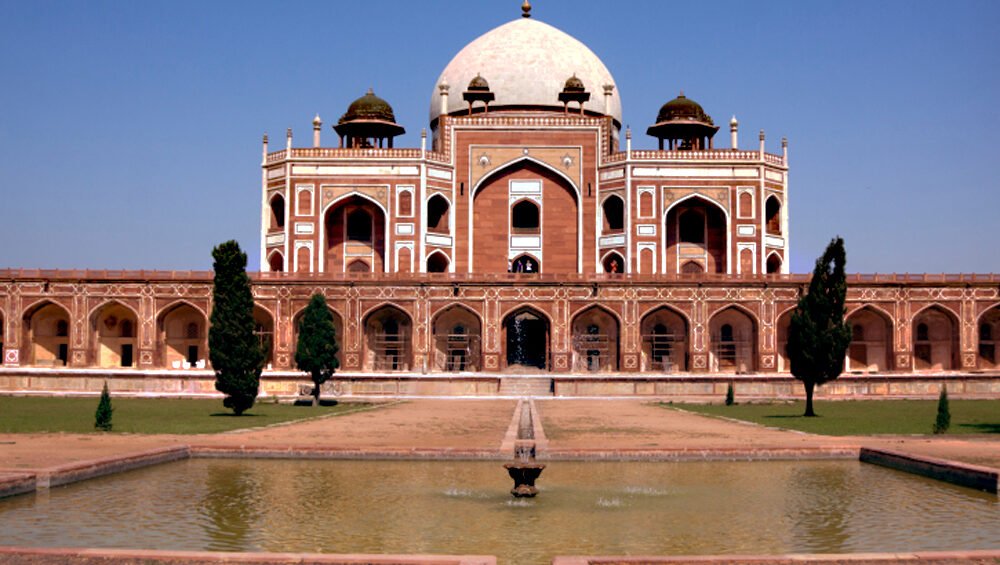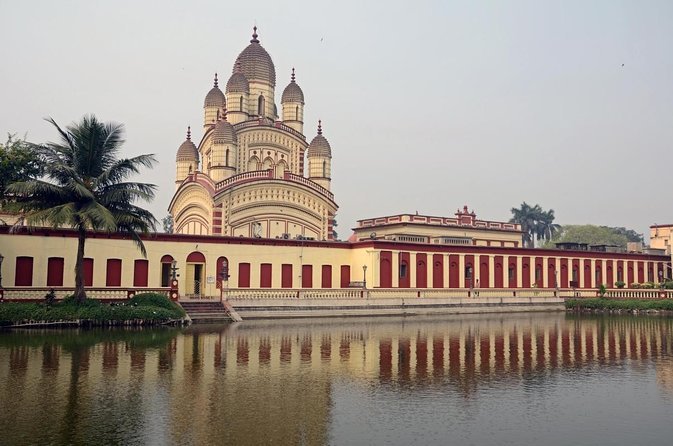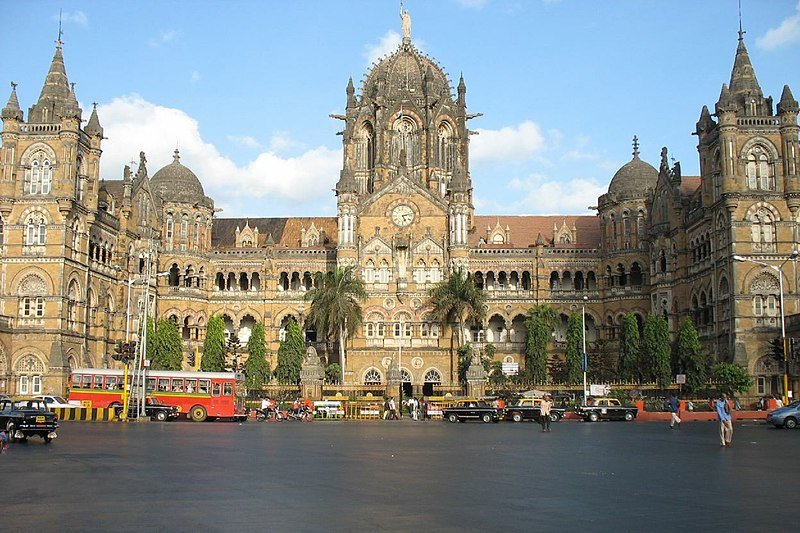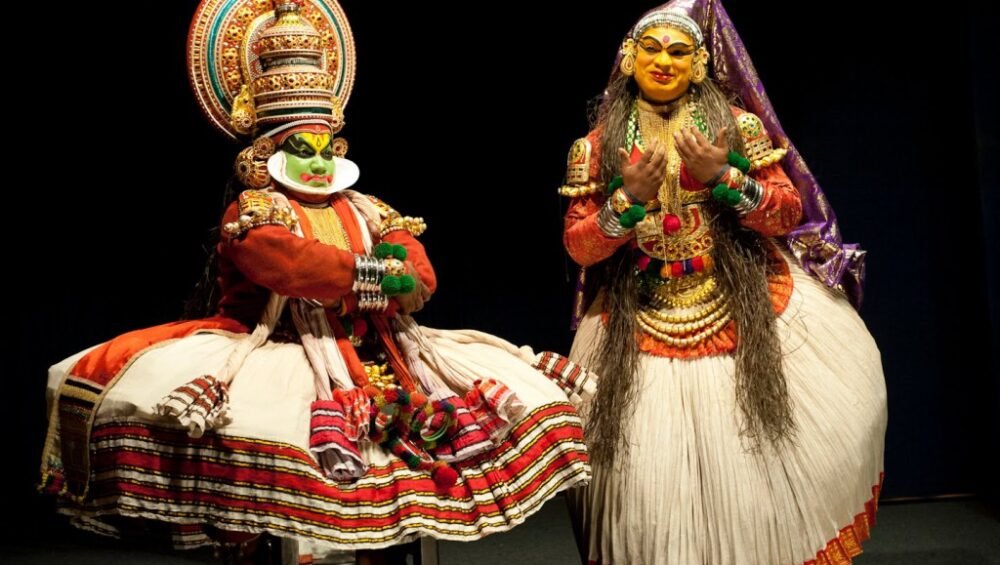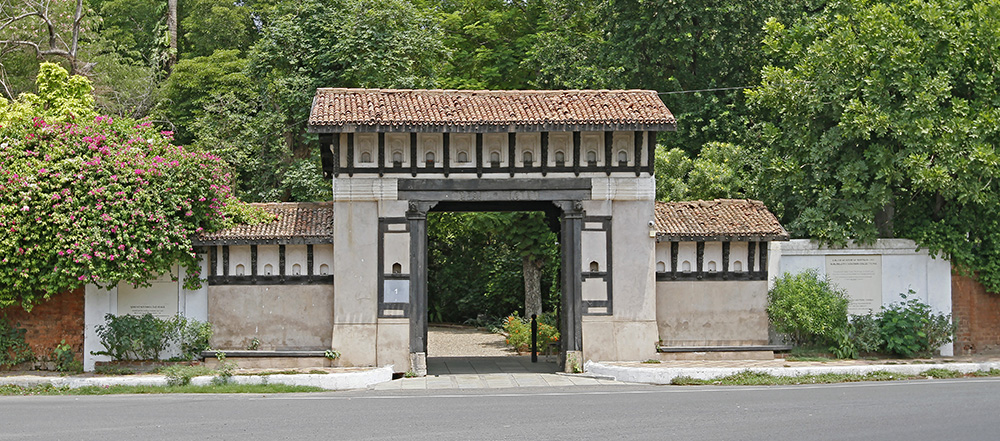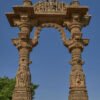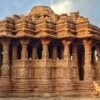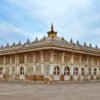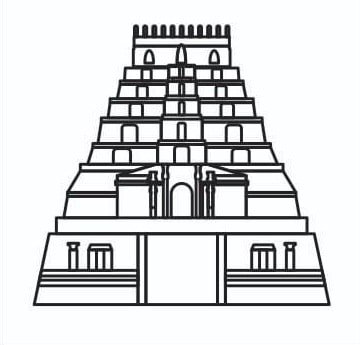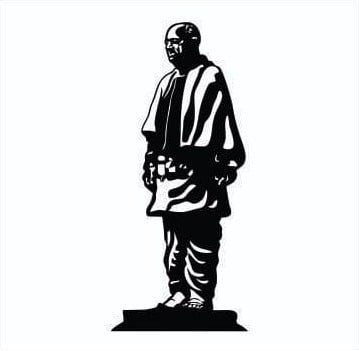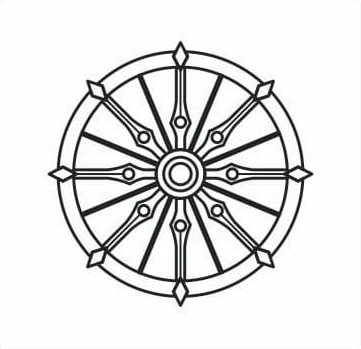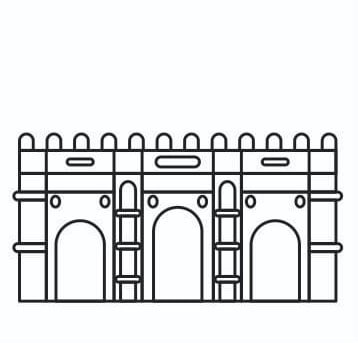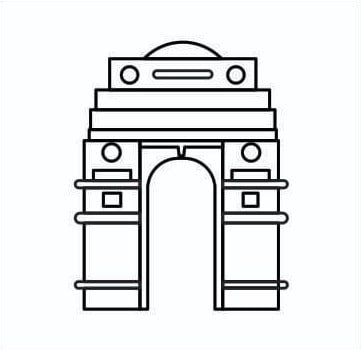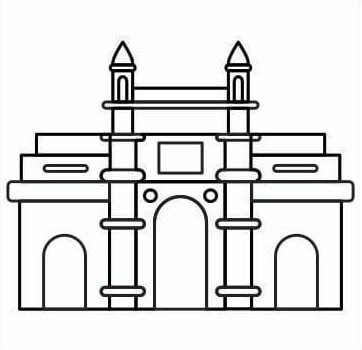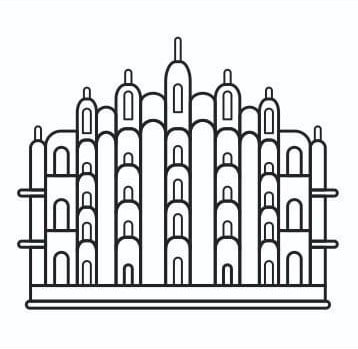Monument – Jama Masjid, Ahmedabad
Built by – Ahmad Shah I
Built in – 1424
“Jama Masjid in Ahmedabad, also known as Jumah Mosque or Jami Masjid, was built in 1424 during the reign of Ahmad Shah I. The inscriptions on the central mihrab commemorate the mosque’s inauguration on January 4, 1424, AD. The Jama Masjid is part of the old city and lies outside Bhadra Fort. The mosque is situated on MG Road and is a short distance beyond the Teen Darwaza.
The Jama Masjid was the fifth mosque built during Ahmad Shah I’s reign. The Jama Masjid’s magnificent structure was built as a prayer mosque for the people. The mosque complex has a large paved courtyard that can be entered from three directions. The courtyard has an ablution tank in the middle. The prayer hall is located along the western side of the mosque.
The rectangular prayer hall is covered with fifteen domes. These domes are carried on two hundred and sixty columns which divide the interior space into fifteen bays or three rows of five square bays. Each bay has a dome and decorated mihrab along the qibla wall.
The facade of the courtyard has a stepped roofline with a tall portal in the centre. The portal is framed by two columns which are the remains of the two shaking minarets. These minarets were destroyed during the earthquakes of 1819 and 1957. The north and south chambers are the lowest, with the central chamber as the tallest.
The carvings are reminiscent of the details of the Hindu and Jain temple of the Gujarat and Mandu area. Ahmedabad’s provincial style of architecture is commonly known as Gujarat Style.”
Photo Courtesy – www.atlasobscura.com
